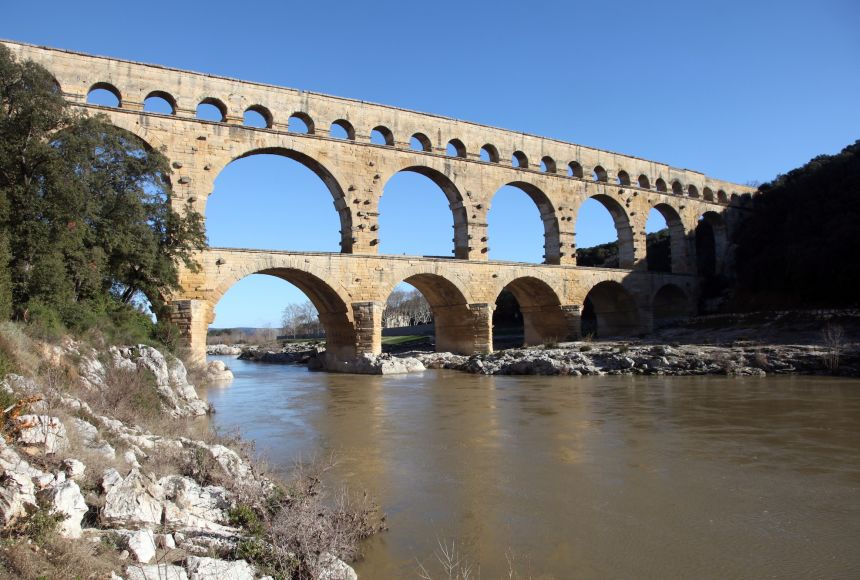If you’ve ever wondered who to thank—or blame—for the luxury of indoor plumbing, you’ve landed on the right page. Trust me, the history of plumbing is anything but a snoozefest. It’s a riveting tale filled with ingenuity, a dash of comedy, and—let’s face it—a whole lot of waste. So, strap in as we flush out the details.
The Humble Beginnings: Holes, Wells, and A Lot of Walking
In the prehistoric age, indoor plumbing was as unimaginable as TikTok stardom. People collected water from rivers and lakes, and when nature called, well, nature was your bathroom. Archaeologists believe that the first “plumbing” systems were little more than holes in the ground, essentially primitive latrines. Not the most hygienic setup, but hey, it worked!
The Pioneers: Enter the Indus Valley Civilization
Fast forward to around 2500 B.C., and we arrive at the Indus Valley. These folks were the “Apple Inc.” of ancient plumbing. They had complex sewage systems, complete with manholes and intricate pipe networks made of baked clay. Oh yes, the Indus Valley residents had the underground networking game on point, and it wasn’t for social media.
Roman Engineering: Baths and Aqueducts Galore
The Romans, who never liked to be outdone in grandiosity, took plumbing to another level. Public baths were a thing, and no, they weren’t optional. Aqueducts carried water from miles away, and lead pipes (yikes!) distributed it throughout the city. Roman plumbing was so advanced that the word “plumber” originates from the Latin word for lead, ‘plumbum.’

Middle Ages: The Dark Times of Plumbing
If you thought plumbing innovation would linearly progress, the Middle Ages is here to flush your hopes down the drain. During this time, plumbing was rudimentary at best and non-existent at worst. Streets doubled as sewage systems, and throwing your waste out of the window was an accepted practice. Ah, the smell of progress?
The Victorian Era: Plumbing Gets a Makeover
It took a cholera outbreak in London in the 19th century for people to realize that maybe, just maybe, sanitation matters. Enter the Victorian era, when plumbing got the Cinderella treatment. Underground sewers, flushing toilets, and yes, the debut of toilet paper! Hats off to Sir John Harington and Thomas Crapper, the unsung heroes of this era.
Modern Day: From Space Toilets to Smart Showers
Today, plumbing is so advanced that we’ve got toilets in space and showers that can play our favorite Spotify playlists. The evolution of plumbing technology now focuses on sustainability, aiming to reduce water waste and embrace energy-efficient systems.
Why Does Plumbing History Matter?
You might ask, why should we care about plumbing’s historical journey? Well, it serves as a testament to human ingenuity and adaptability. It shows how essential proper sanitation is to public health. And let’s be real; it makes us incredibly grateful that we no longer have to take a walk of shame to the river every morning.
Conclusion
There you have it—the abridged, mildly comedic yet informative history of plumbing. From simple holes to sophisticated systems, plumbing has come a long way, proving that when it comes to innovation, necessity is indeed the mother of invention. Now, the next time you enjoy a hot shower or experience the marvel of a flushing toilet, you’ll know whose genius you’re literally standing on.
So, the next time you flush, give a silent nod to the plumbing pioneers who made it all possible.
